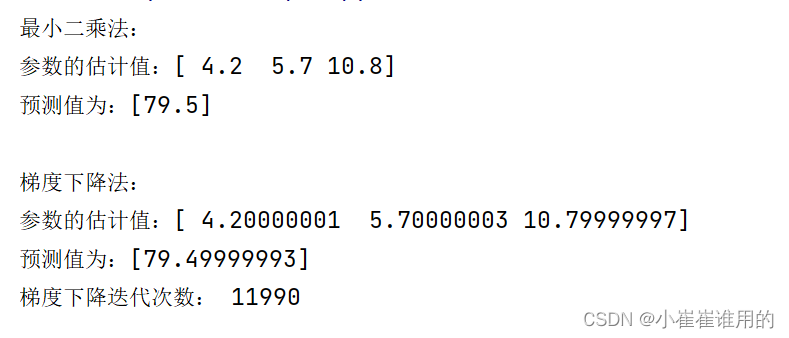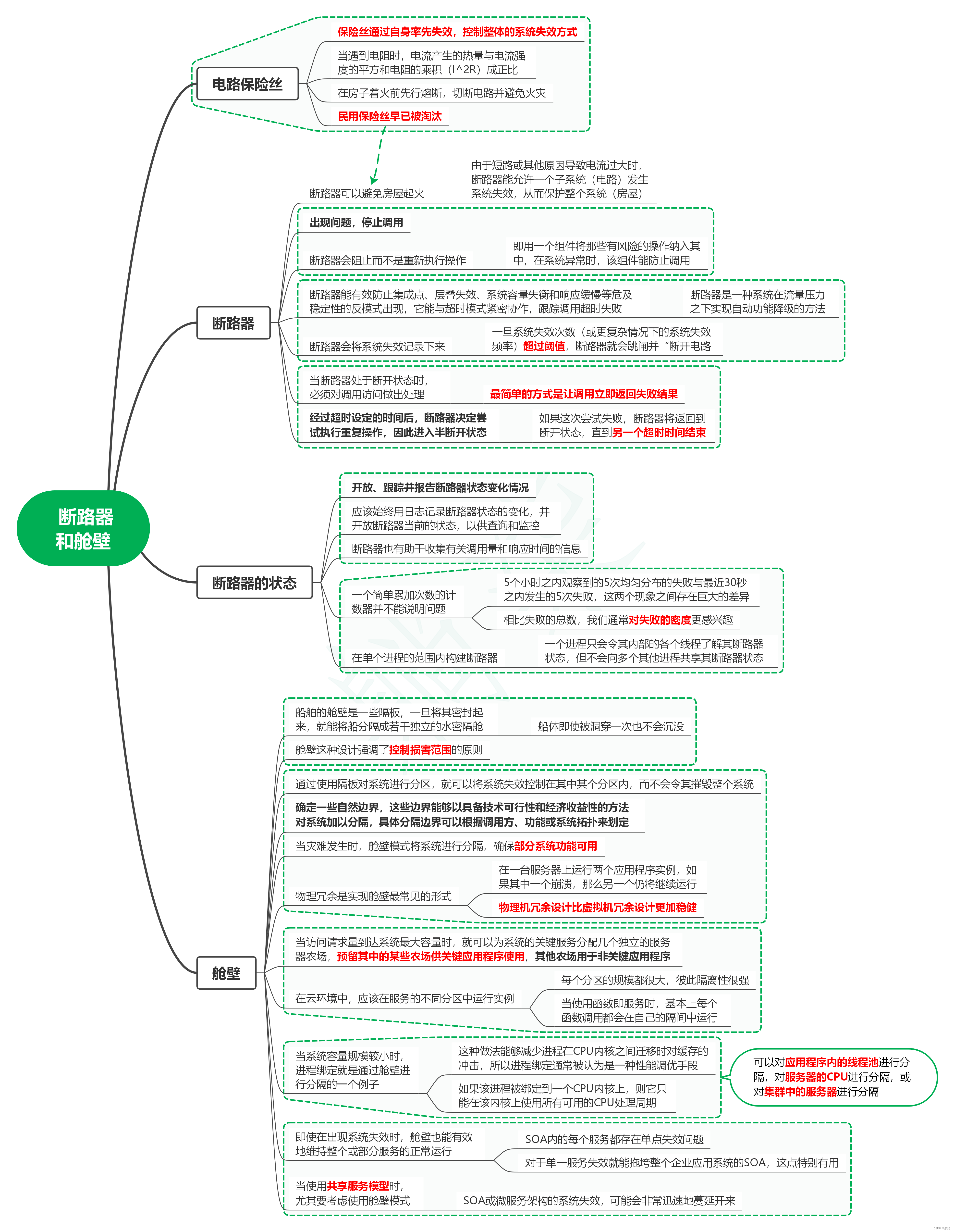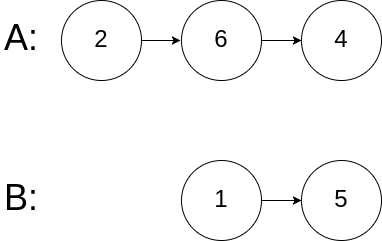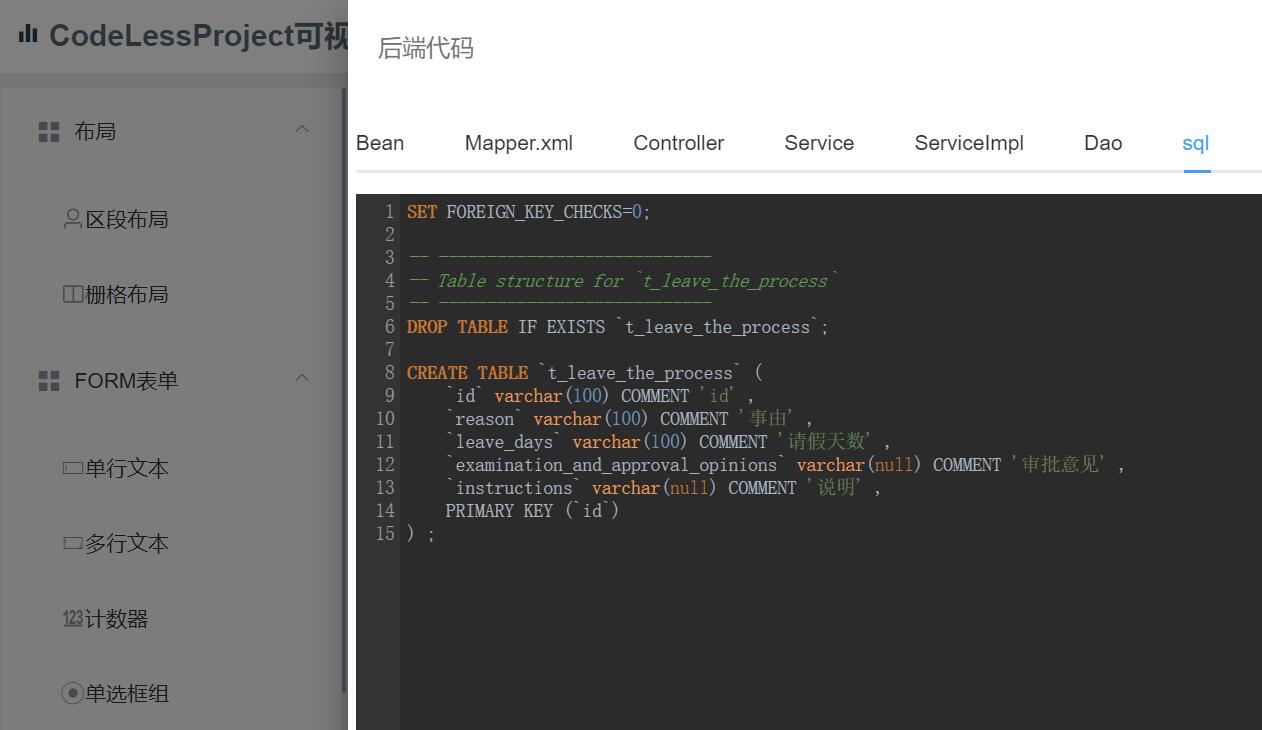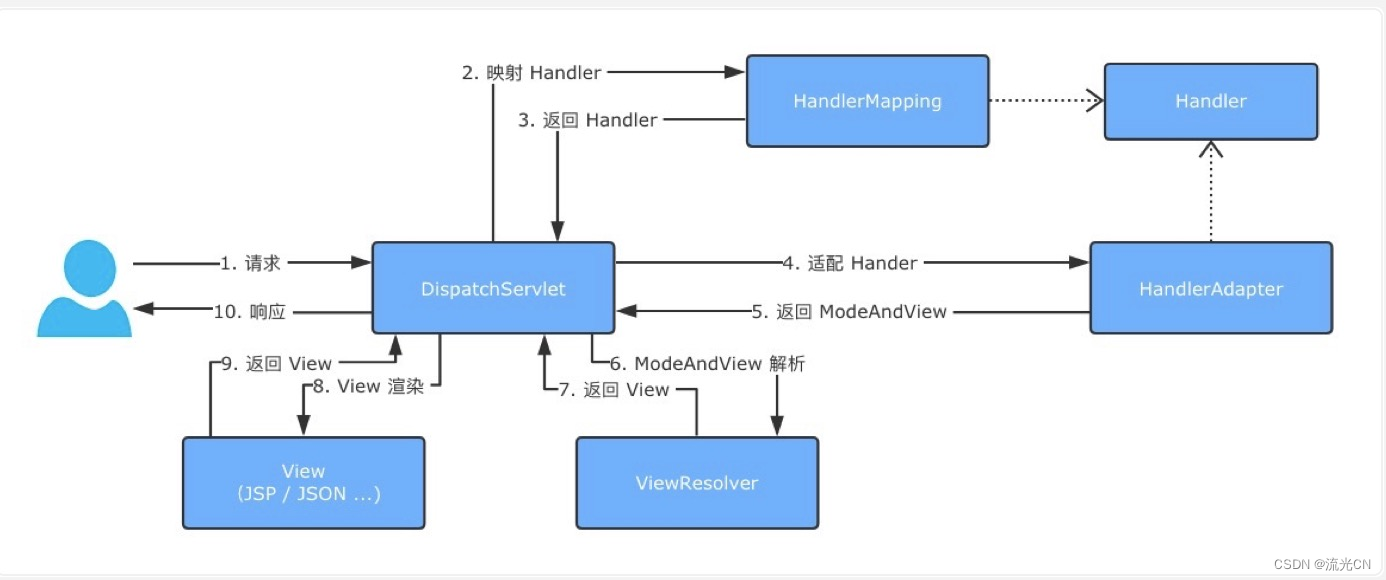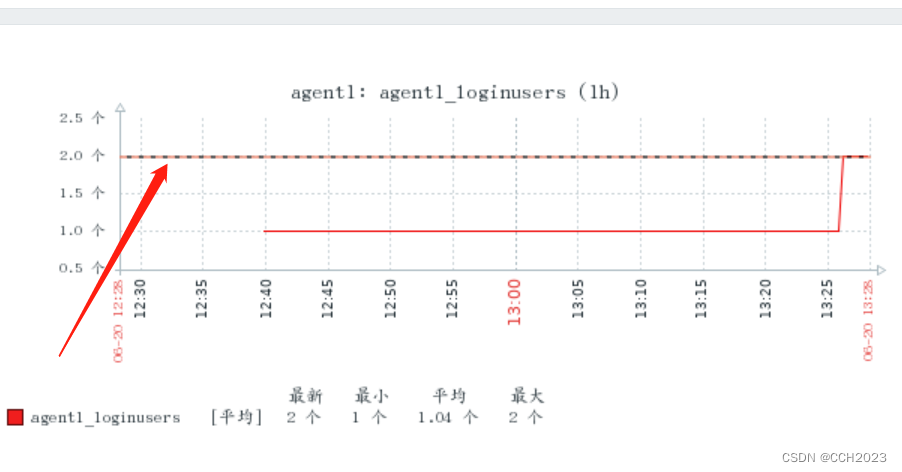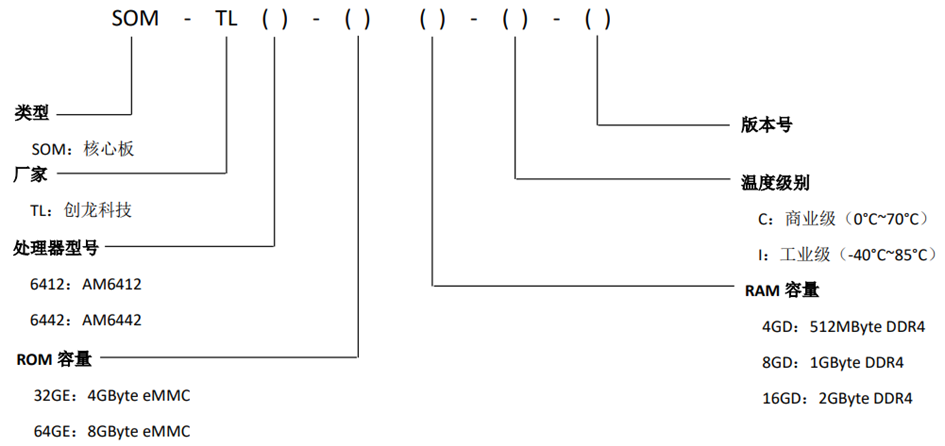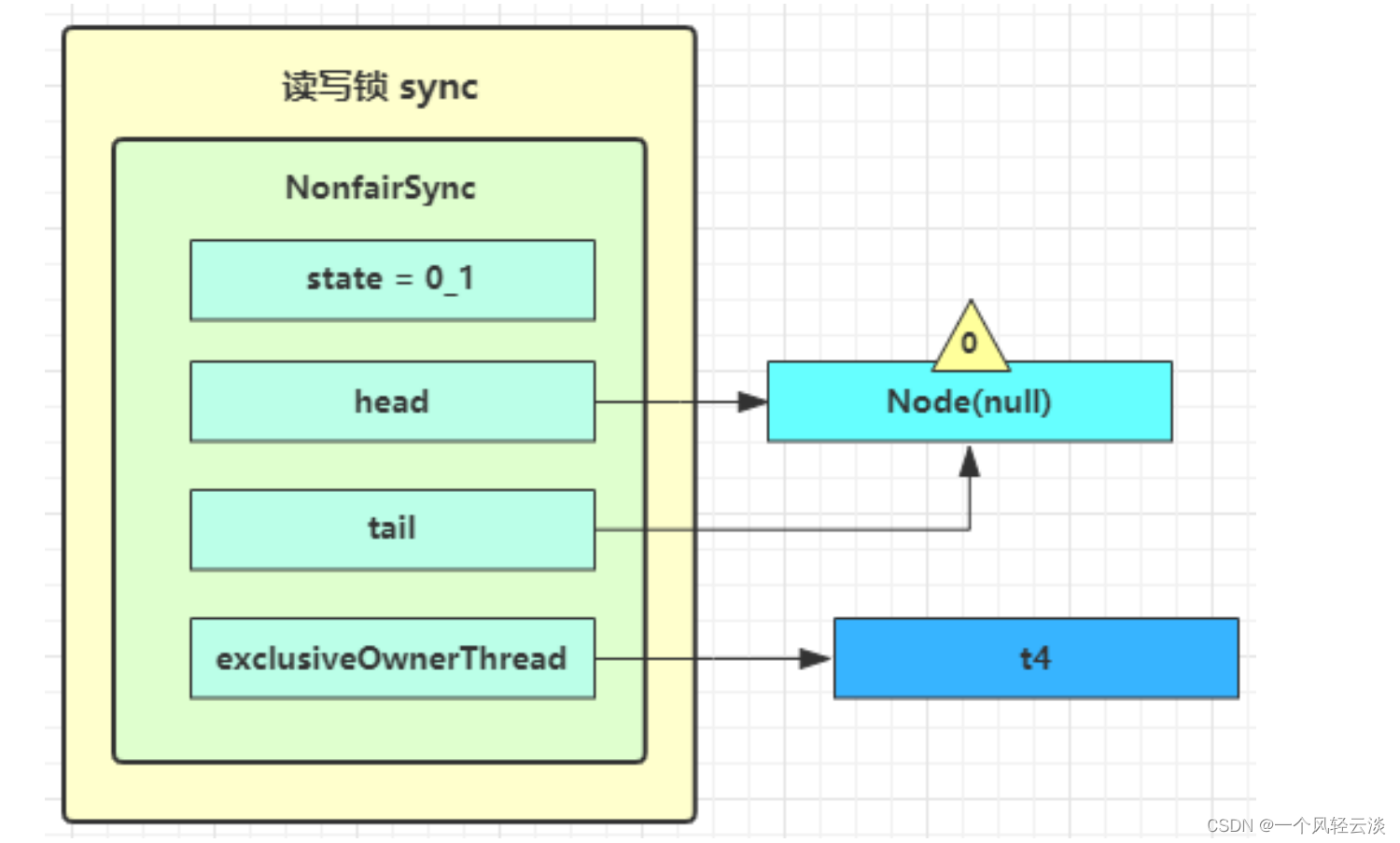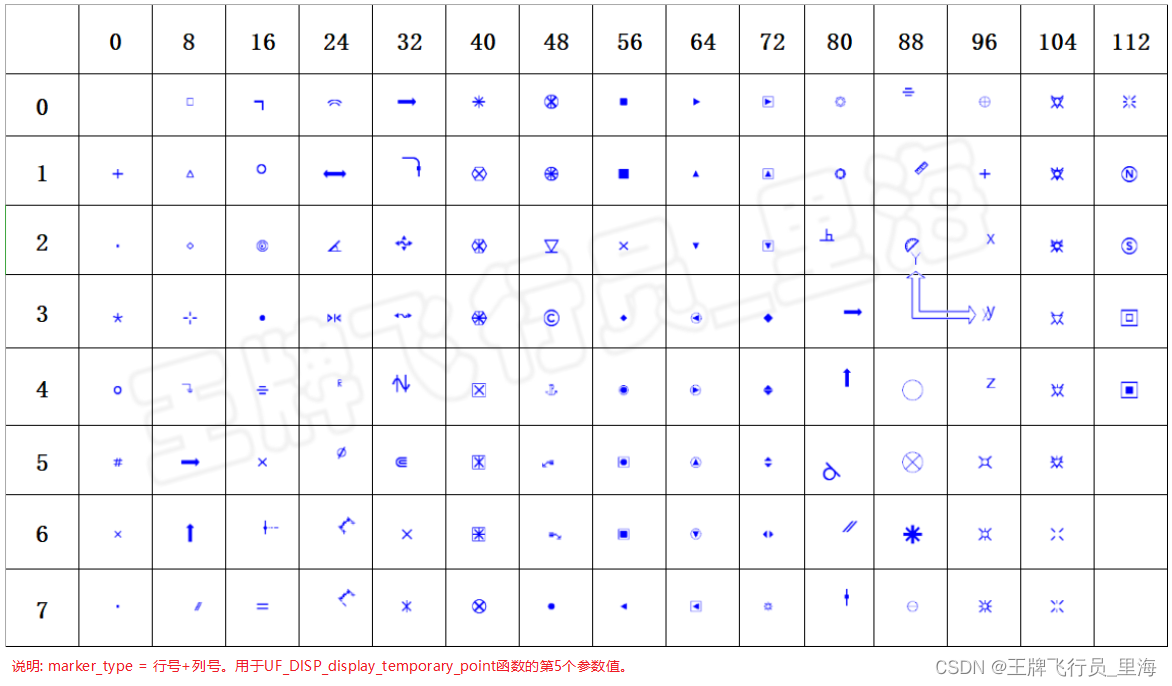下面代码中包含了两种方法
import numpy as np
np.random.seed(1234)
x = np.random.rand(500, 3)
# x为数据,500个样本,每个样本三个自变量
y = x.dot(np.array([4.2, 5.7, 10.8]))
# y为标签,每个样本对应一个y值
# 最小二乘法
class LR_LS():
def __init__(self):
self.w = None
def fit(self, X, y):
self.w = np.linalg.inv(X.T.dot(X)).dot(X.T).dot(y)
def predict(self, X):
y_pred = X.dot(self.w)
return y_pred
# 梯度下降法
class LR_GradientDescent():
def __init__(self):
self.w = None
self.cnt = 0
def fit(self, X, y, alpha = 0.02, loss = 1e-10):
y = y.reshape(-1, 1)
[m, d] = np.shape(X)
self.w = np.zeros(d)
tol = 1e5
while tol > loss:
h_f = X.dot(self.w).reshape(-1, 1)
theta = self.w + alpha * np.mean(X * (y - h_f), axis = 0)
tol = np.sum(np.abs(theta - self.w))
self.w = theta
self.cnt += 1
def predict(self, X):
return X.dot(self.w)
if __name__ == '__main__':
lr_ls = LR_LS()
lr_ls.fit(x, y)
print("最小二乘法:")
print("参数的估计值:%s" %(lr_ls.w))
x_test = np.array([2, 3, 5]).reshape(1, -1)
print("预测值为:%s" %(lr_ls.predict(x_test)))
print()
lr_gd = LR_GradientDescent()
lr_gd.fit(x, y)
print("梯度下降法:")
print("参数的估计值:%s" % (lr_gd.w))
x_test = np.array([2, 3, 5]).reshape(1, -1)
print("预测值为:%s" % (lr_gd.predict(x_test)))
print("梯度下降迭代次数:", lr_gd.cnt)
运行结果为:
